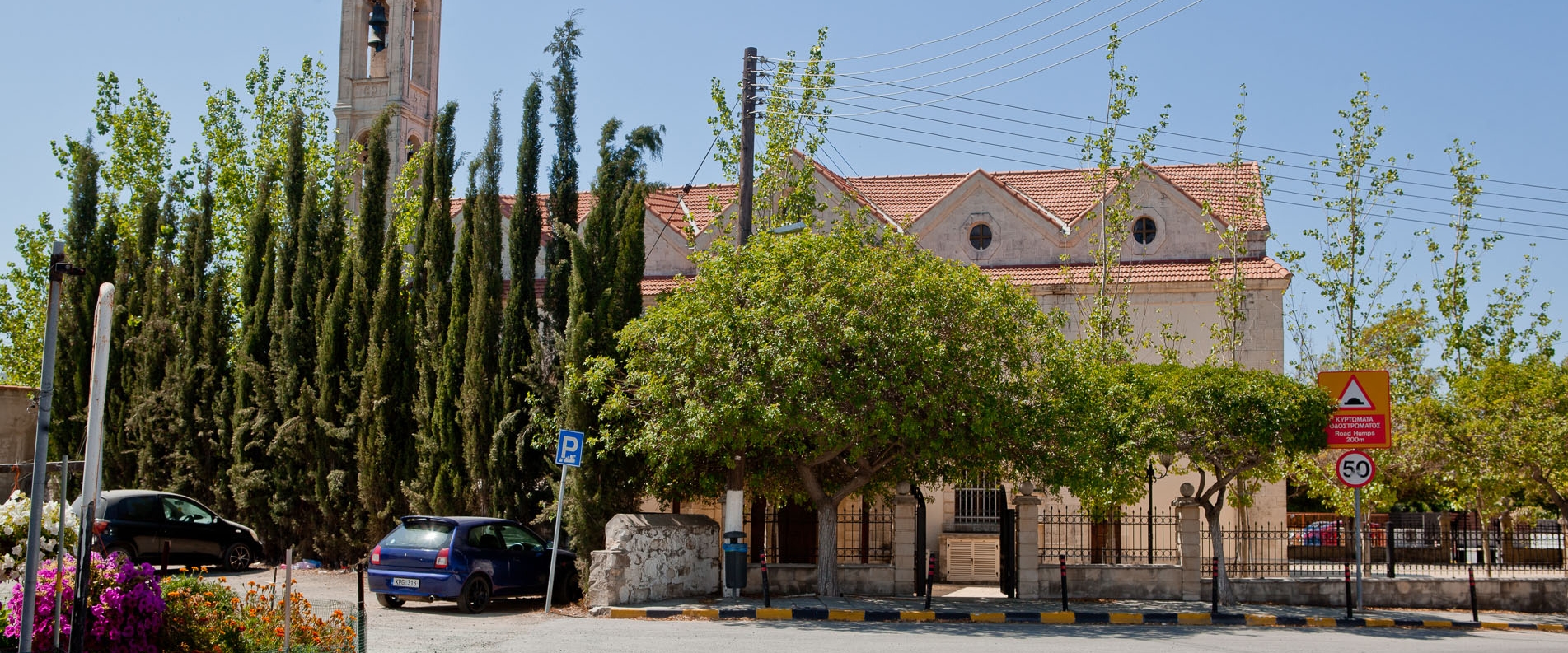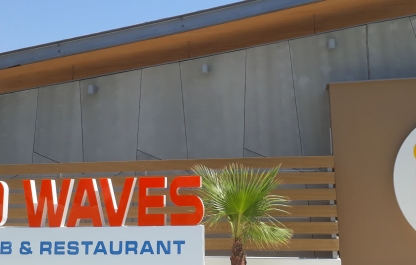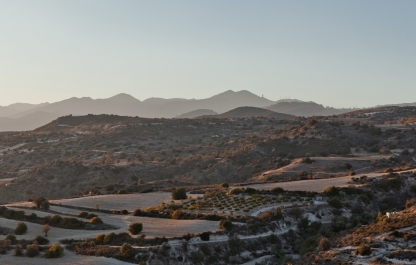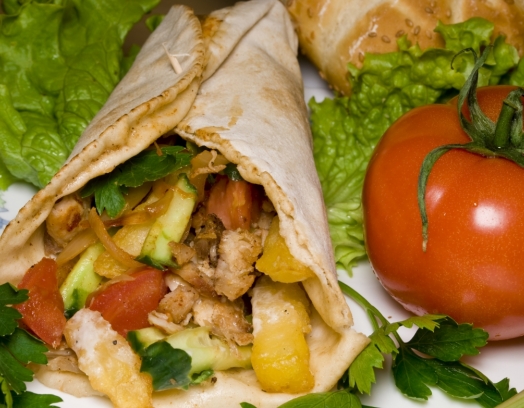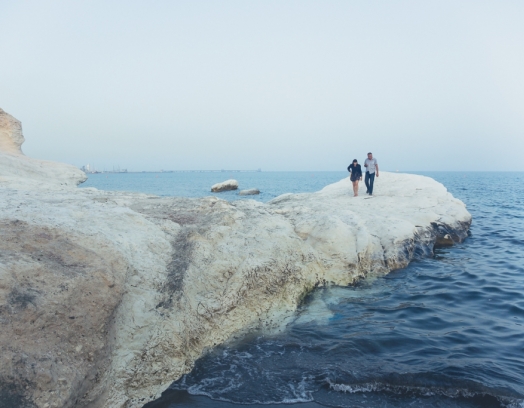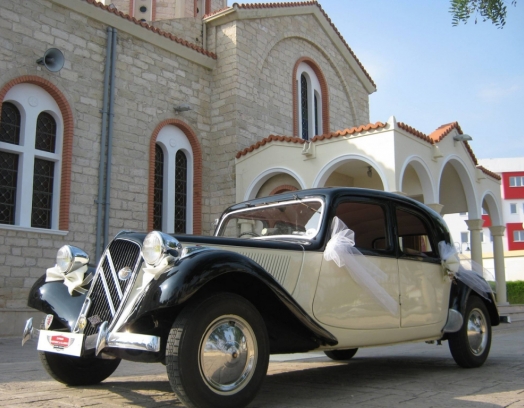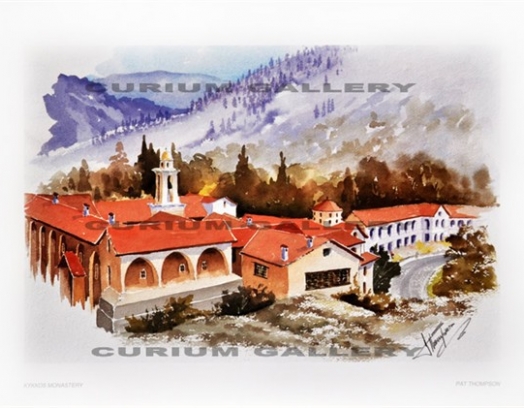Maybe you are living in a seaside town, spending your vacations in countryside and renting a villa or a hotel room for your family, so you wouldn’t mind to take a short trip around its environs.
Despite the fact that all these villages are very close neighbours, the appearance, character and history of each of them have its own features and interesting moments.
I think you will agree that even in the apparent simplicity of a village it always has something that goes beyond boring and usual and may offer you a trip down memory lane, although not your own.
Predictability of “seaside vacations” disappears and you find yourself surrounded by vivid atmosphere of traditional values, where modern, and very often dictated to you “lifestyle” patterns are not working most of the time. Conservatism of rural life based on importance of customs — is almost one of the essential requirements for surviving and preservation of the integrity against the backdrop of current changing times…
You may have think about it later and now off we go.
Pyrgos Lemesou [1] (Pyrgos of Limassol)
There is a whole flock of tiny villages in this part of Limassol region.
Pyrgos, the closest one from that triad we chose to visit today, is located 13 km to the East of Limassol at a height of 85 m above the sea level. Its neighbours from south and north are Parekklisia and Moni.
I tell you one thing: in contrast to many villages of this region you have already visited or will see today (spoiler!) like Asgata (see the article: Villages of Limassol: Asgata), Monagroulli or Pentakomo, you won’t have any amazing countryside landscapes to adore here.
Nowadays this village doesn’t have any outstanding architecture and development in general. At first glance it seems to be one of many agrarian settlements, where people have spent their whole life working in the fields and were too busy to add some aesthetic and “excessive elements” to their buildings and environment.
However there are some places in its neigbourhood that are worth to see and explore…
Pyrgos has a reach history, several distinctive old ruins and artifacts as well as lovely sand beach.
And all these not really far away from the village…
Brief History
Two artifacts of prehistoric times found by archeologists speak for ancient origin of the village and the whole region.
Besides the past archeological excavations near Pyrgos resulted in discovery of one of the oldest copper manufactories on the island.
According to the website of the village, the regular or systematical sites are still not conducted regardless many valuable archeological items and historical sites that could be found there.
The first documentary mentions of Pyrgos Lemesou (Pyrgos of Limassol) dates from later eras. It appears in a written historical source from Frankish period — in one of the letters by Pope Honorius III (1224).
In the same century a monastery was established in Pyrgos, which was the only monastery of the Latin Cistercian Order in Cyprus.
In the opinion of historians, Cistercian monks lived in Pyrgos for a short period of time (from 1238 till 1251). However the property of the Order in this region remained constant at least to the end of XV century.
Pyrgos itself was densely populated throughout the Middle Ages.
On the old maps it could be found under the names “Pirgo” and “Birgo”. According to the works of Nearchos Clerides — a famous researcher, teacher and educator of Cyprus, which are based on local tradition, there was a tower in the village called “Pyrgos tis Rigainas” (Tower of the Queen).
An underground tunnel that began there, as they said in historical documents: “… reached Amathus”.
The legend says a golden chariot was hidden somewhere close to it (seems like it is still not found and the legend continues to be on the minds of many for centuries).
It is assumed that the tower existed in the real life during Frankish rule and, probably, was a central building of a manor, which was owned by a nobleman family as well as the village and nearby lands.
One of the versions connects the name of the village with that now vanished building.
As I already mentioned, there are not many “ancient items” on the territory of the community.
One of those buildings is medieval water mill, which was designated an Ancient Monument by Department of Antiquities in 1984 due to its architectural and historical significance (Ancient Monument, Table II).
One of the more recent sightseeing is the monument to the hero Andreas Nicholas, born in Pyrgos, who died in 1974.
Finally it is also worth to mention Aoratoi — a natural beach of exceptional beauty that is situated among luxurious hotels to the east of tourist area in Limassol. The beach is administered by Pyrgos community: it is a wide line of golden sand and crystal clear water.
-
Since ancient times citrus fruits, olives, carob and almond trees, crops, various fruit trees as well as many kinds of vegetables (especially tomatoes, which are famous for their quality in other regions) and several types of grapes and pulses are planted on Pyrgos’ lands. Agricultural land covers circa 100 ha. There are also few individual livestock farms in the village.
The population of Pyrgos increased significantly several times during different historical periods because the location of the village close to the metropolis. The number of people living in Pyrgos today is around 2000.
The most famous places in Pyrgos the tourists come to visit all the year round are two churches and a water spring — all three are dedicated to the Virgin.
Panagia Pyrgotissa
The main church of the Pyrgos community — Panagia Pyrgotissa is a remarkable building (dated back to 1886) in the middle of the village not far from kindergarten and the elementary school.
This old church is built in the form of single-nave basilica without a dome in so called Frankish-Byzantine style. The material of the walls is a knapped stone, which was mined in the mountains surrounding the village. Its two-tier bell tower constructed on the corner of eastern and northern walls. Carved in stone Christian symbols decorate like laces the apertures of the windows and doors and tiers of the belfry.
The researchers emphasize this ensemble to be of a great architectural and technical interest because the invention of that architectural rhythm in orthodox church construction in Cyprus, combination of a basilica with cross shaped church, sometimes even with a dome, in particular is a new tradition that appeared on the island soon after the end of Turkish occupation.
Moreover it is generally agreed that its “authors” are craftsmen from Kaimakli suburb of Nicosia. Usually the churches of this type don’t have any additional inner pillars for the roof.
Panagia Pyrgotissa Holy Water Spring
If you go northwest from old Pyrgos centre and about 1 km away from Panagia Pyrgotissa Church you will find holy water spring on the eastern side of a small brook.
Stone stairs are leading from the west bank of the river to the memorial place in the east — little chapel with a lighted icon-lamp inside it. Panagia and several other icons are displayed there for the faithful. People make pilgrimage to this place for the healing water, which is gathered in a big green plastic container nearby.
The same stairs go from the water spring to a tiny footpath with benches along it where you can seat for a while, take a rest and enjoy the surrounding landscapes in peace.
Panagia Neroforousa
This is a small church of the Virgin; the locals call it Panagia Neroforousa or Isodia. It is located about 150 meters to the west from the central church of the village — Panagia Pyrgotissa (“The Virgin of Pyrgos”). The building is dated back to the period of Venetian rule, at the turn of XIV-XV centuries.
According to several sources, a unique old painting picturing Pyrgotissa (around VII-VIII) survived up to the modern times and is ceremonially carried to the church on 21st of November, on the day of Panagia Neroforousa. At this date she is honoured for her gift of water (rain). That is the origin the name of the church comes from.
Interior of the church is quite ascetic with an old iconostasis (dated back to 1856).
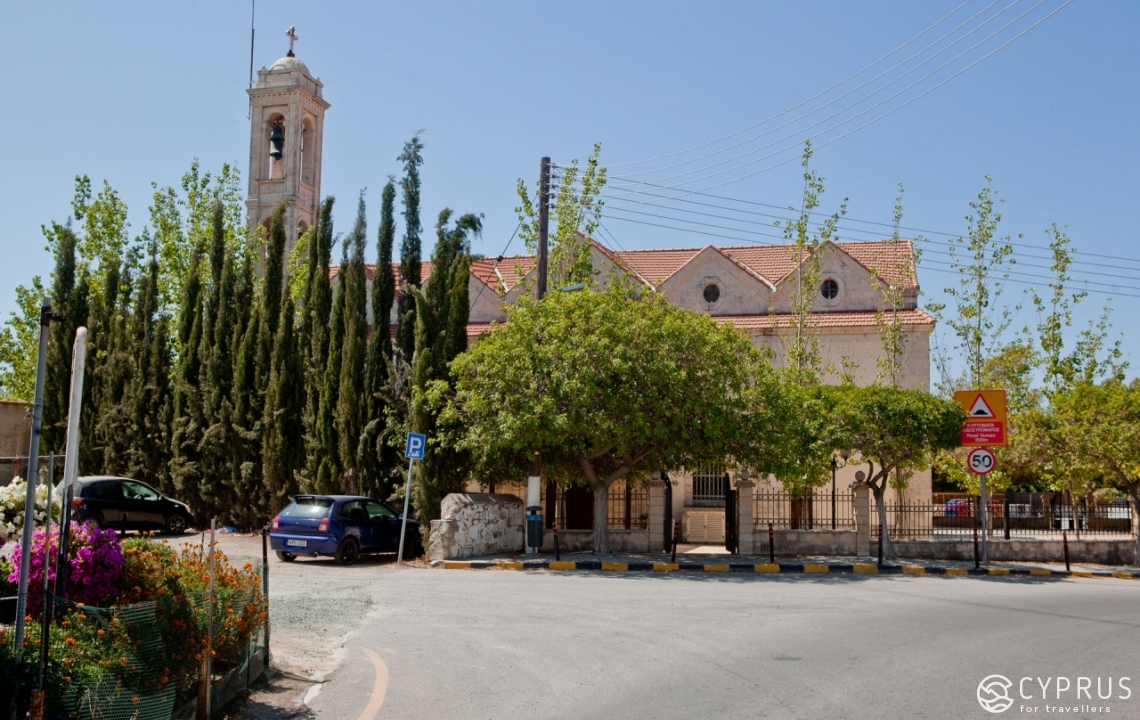
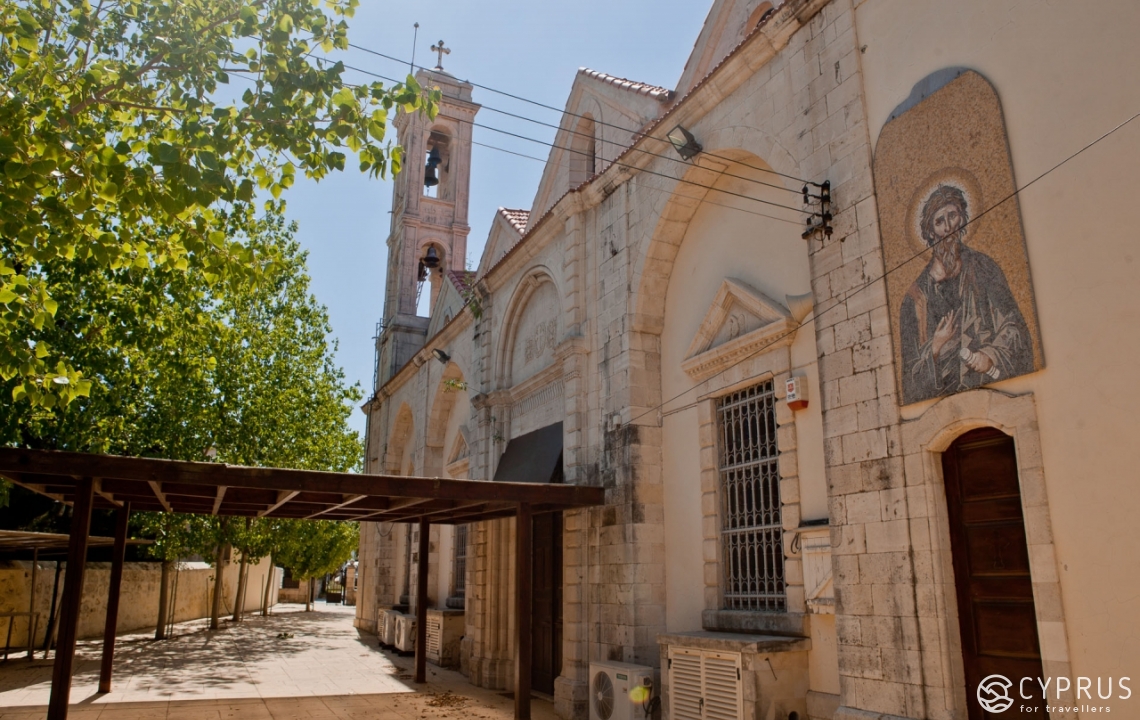
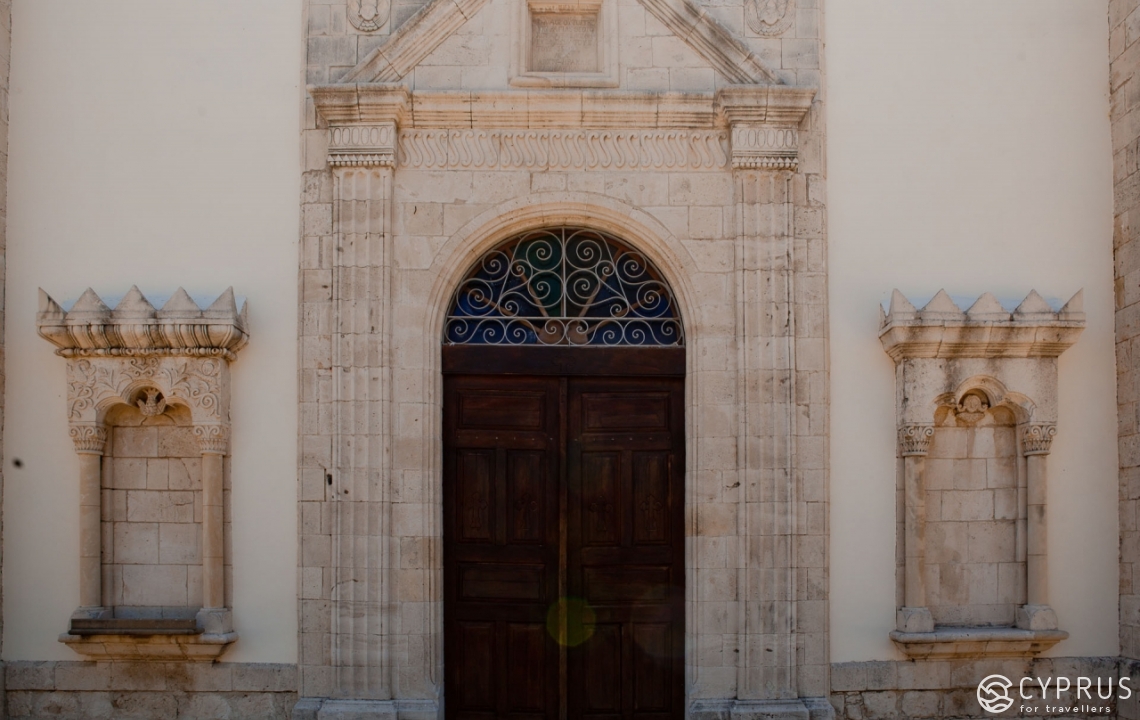
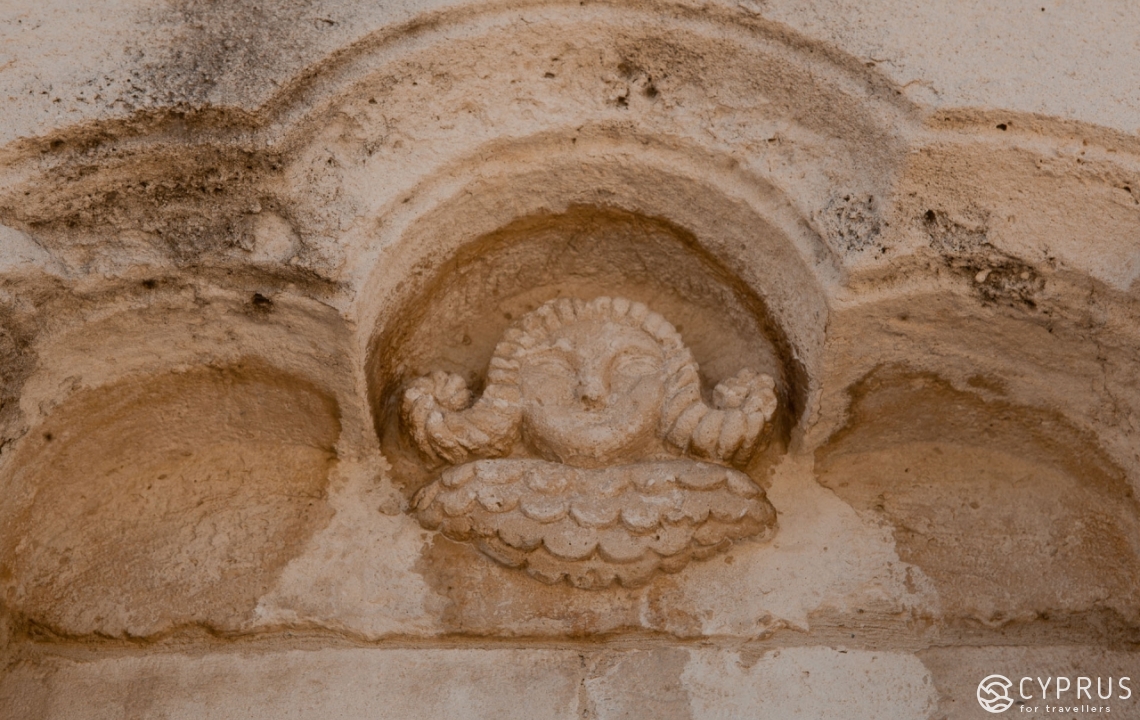
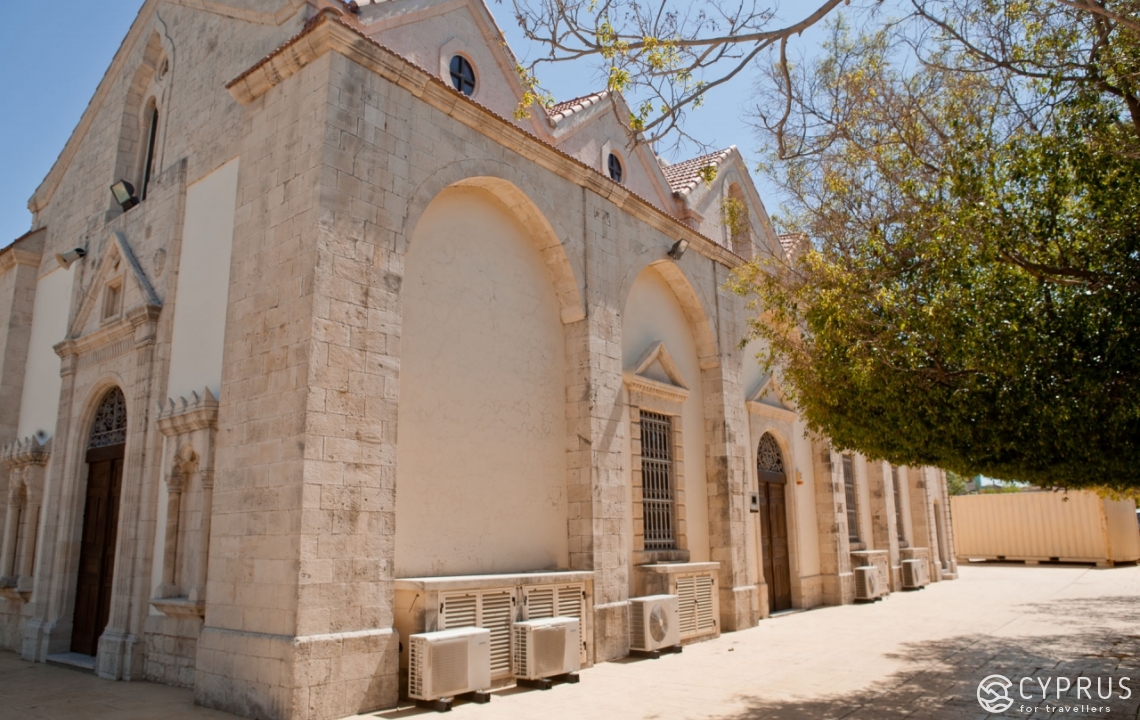
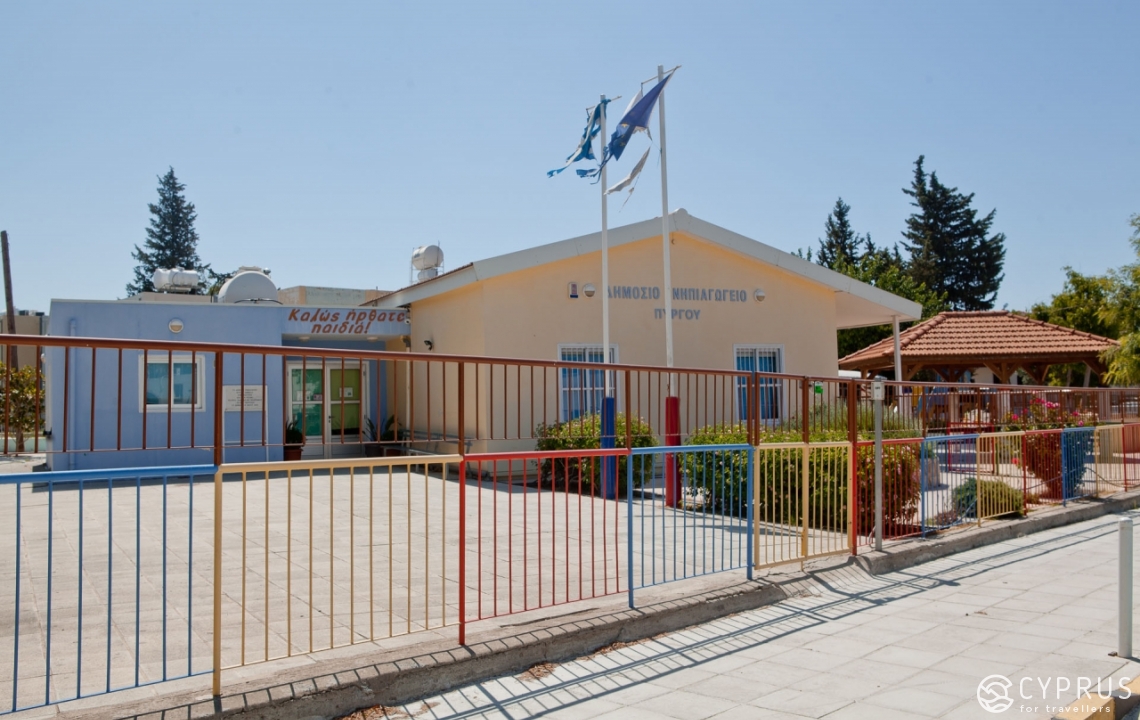
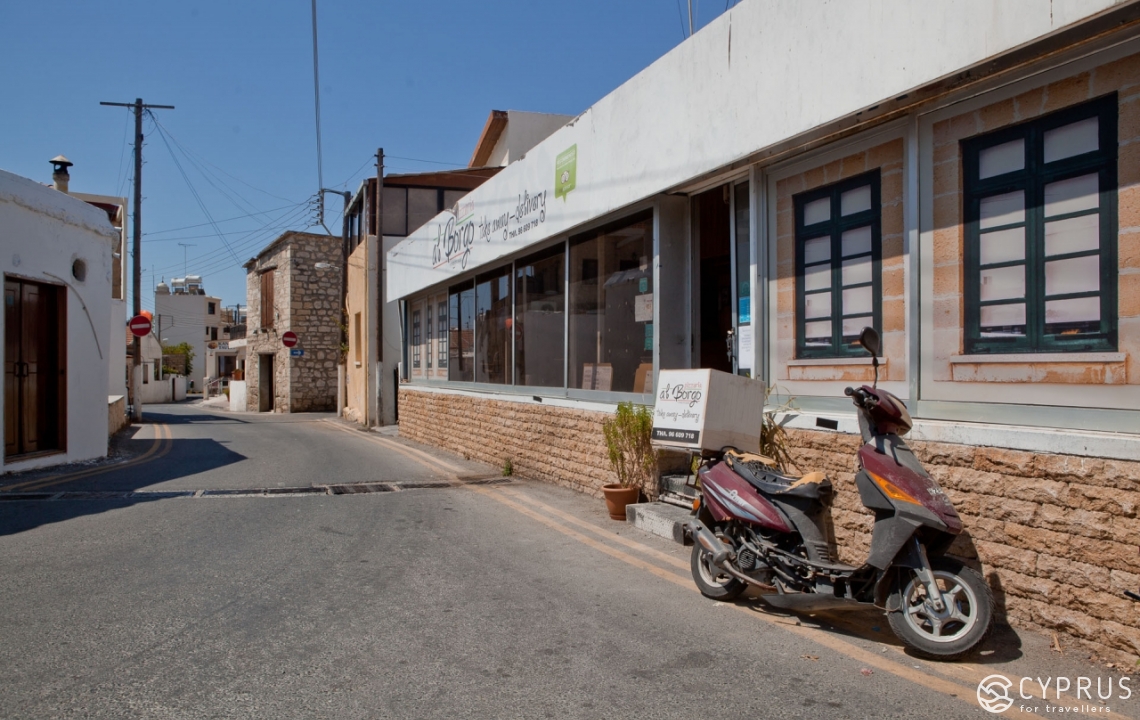
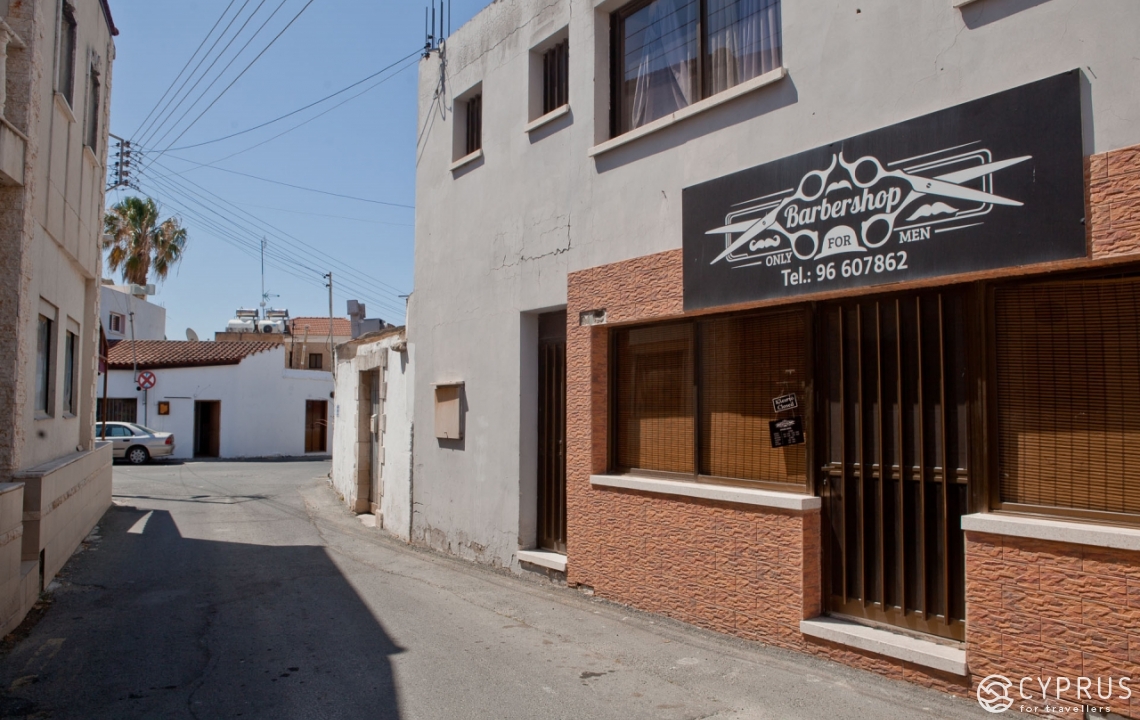
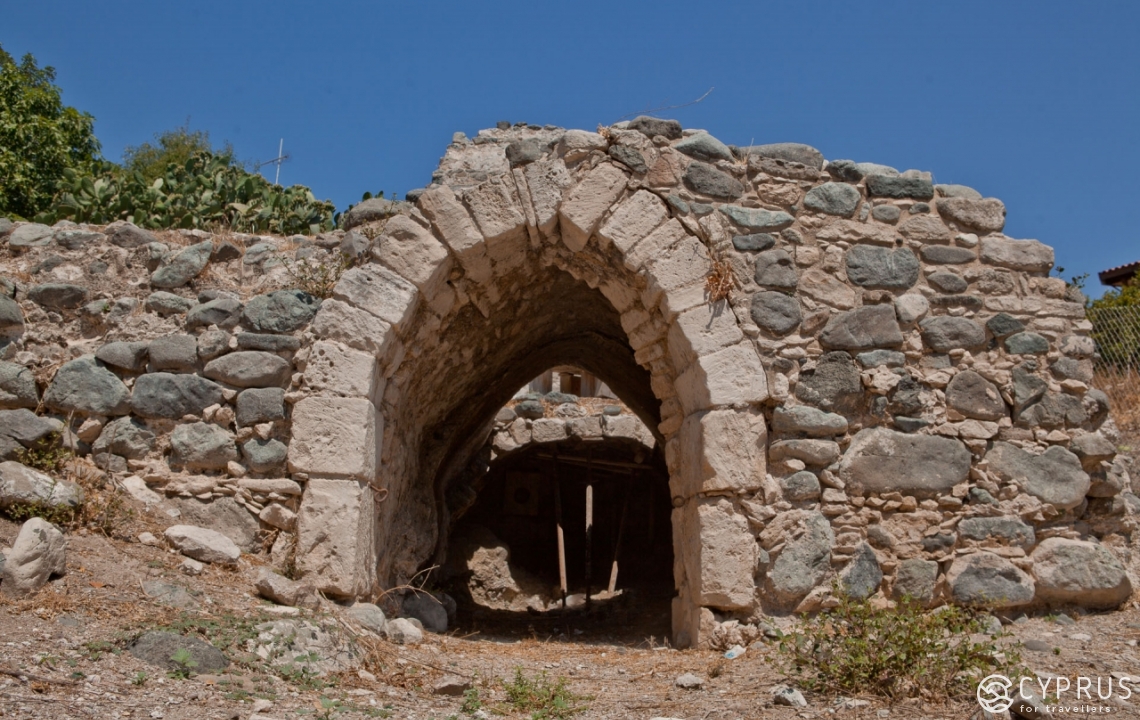
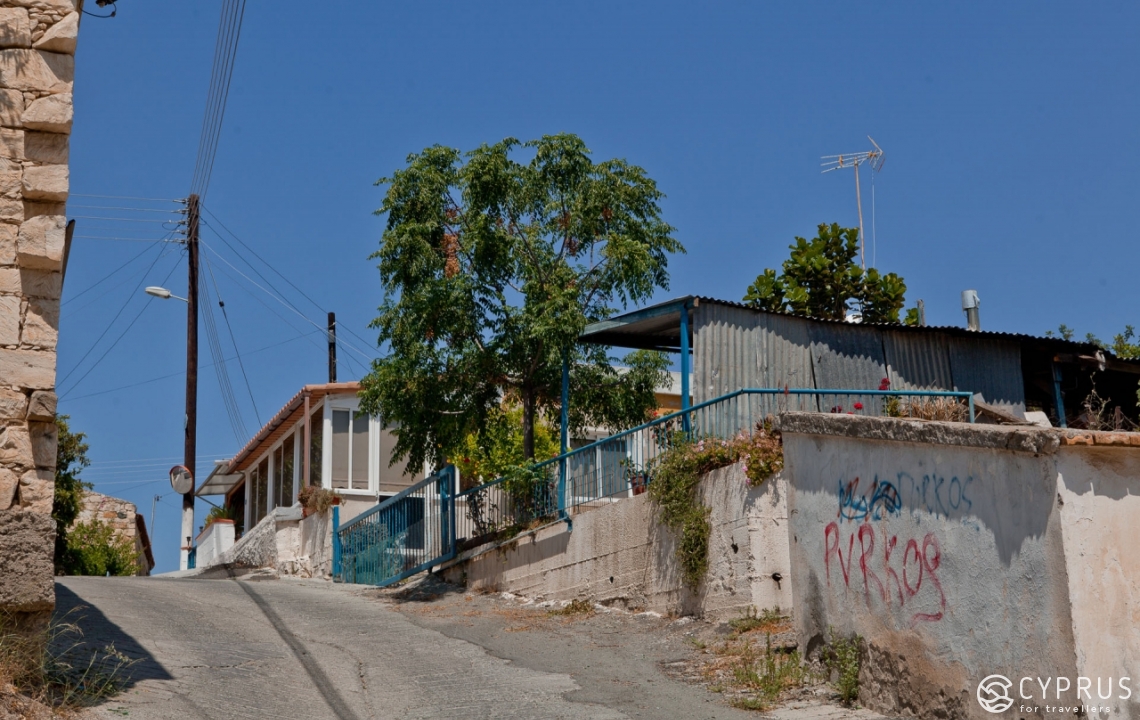
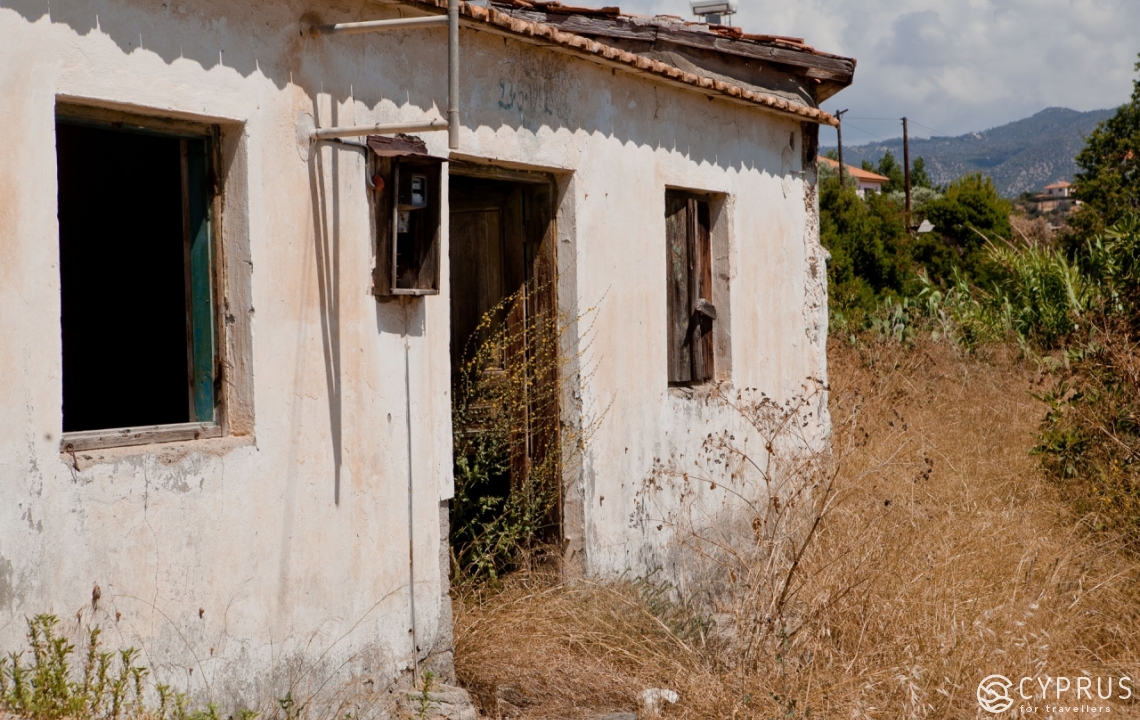
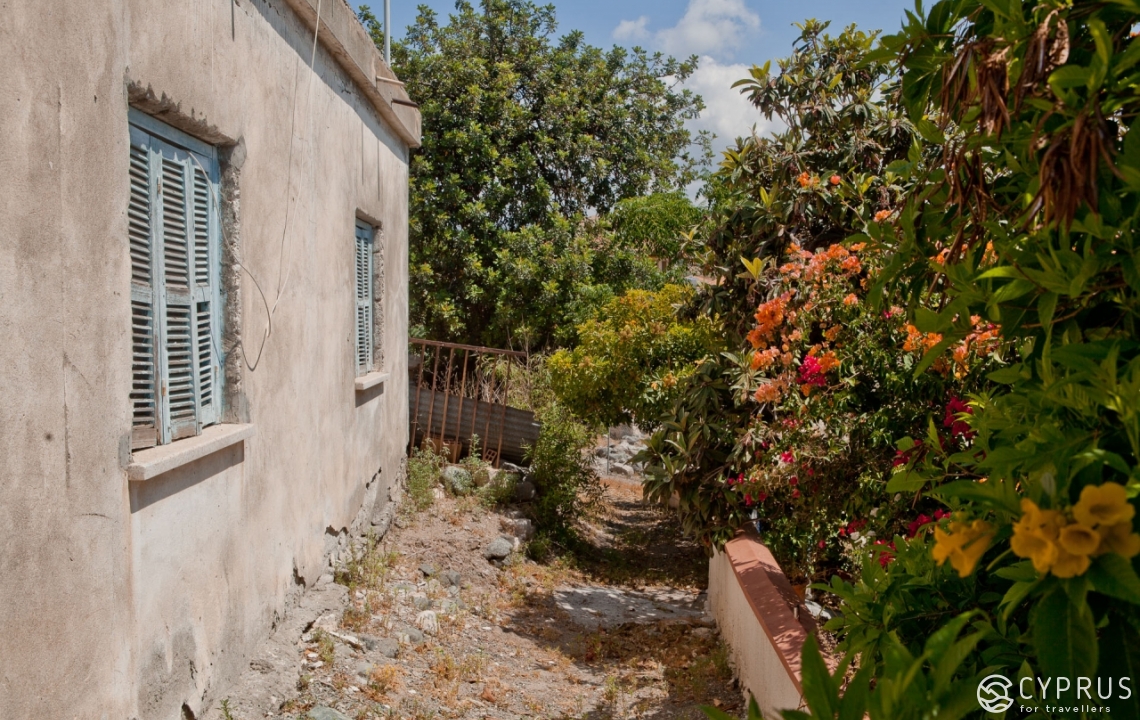
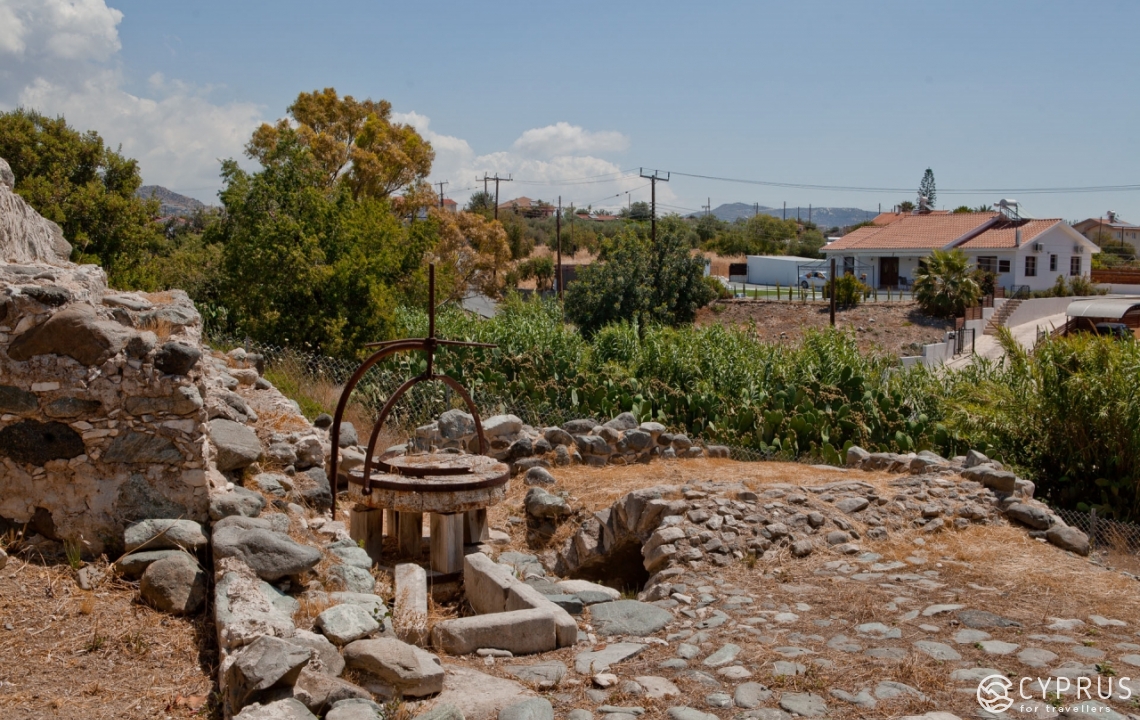
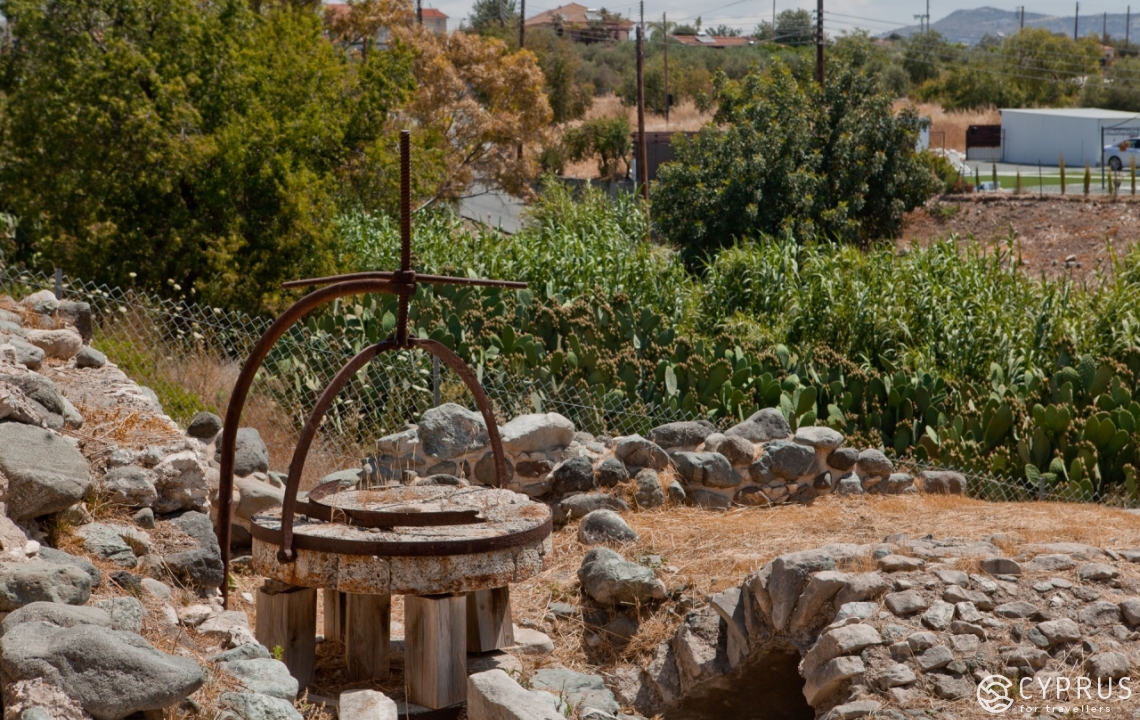
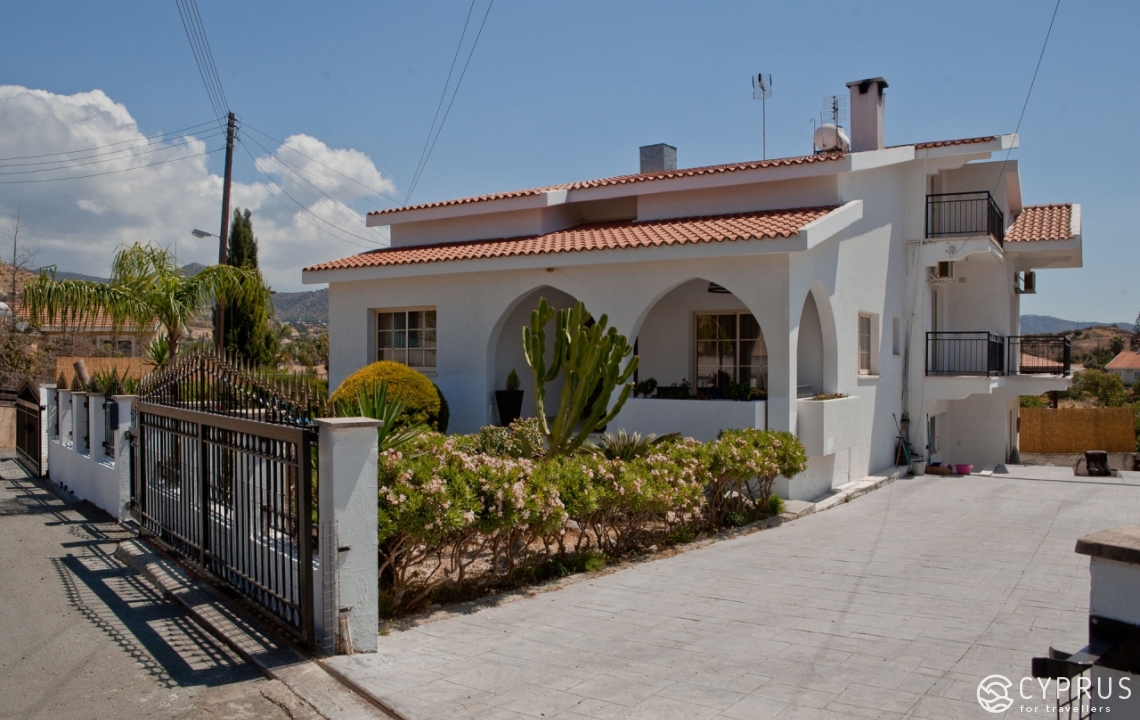
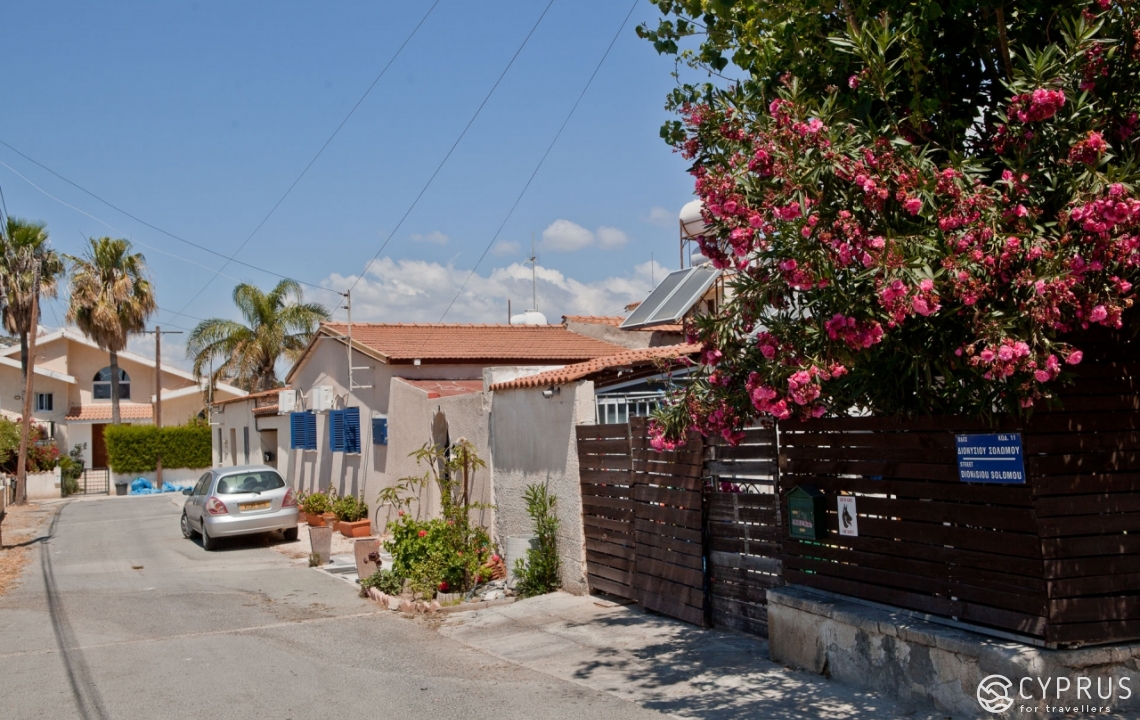
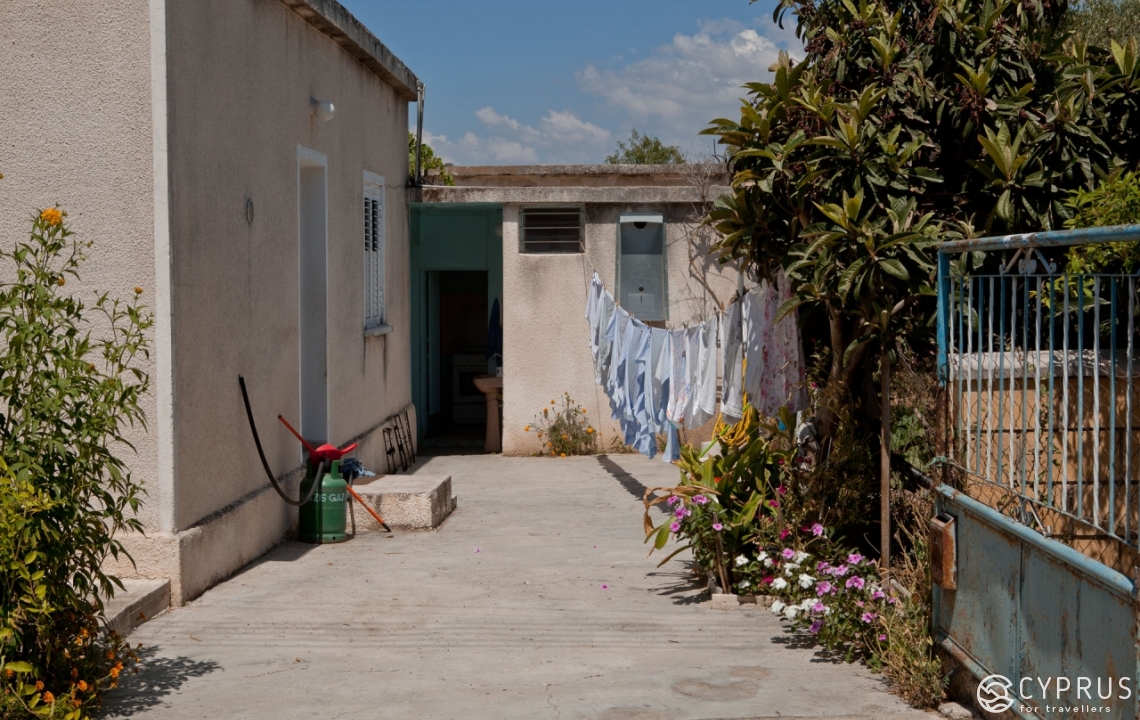
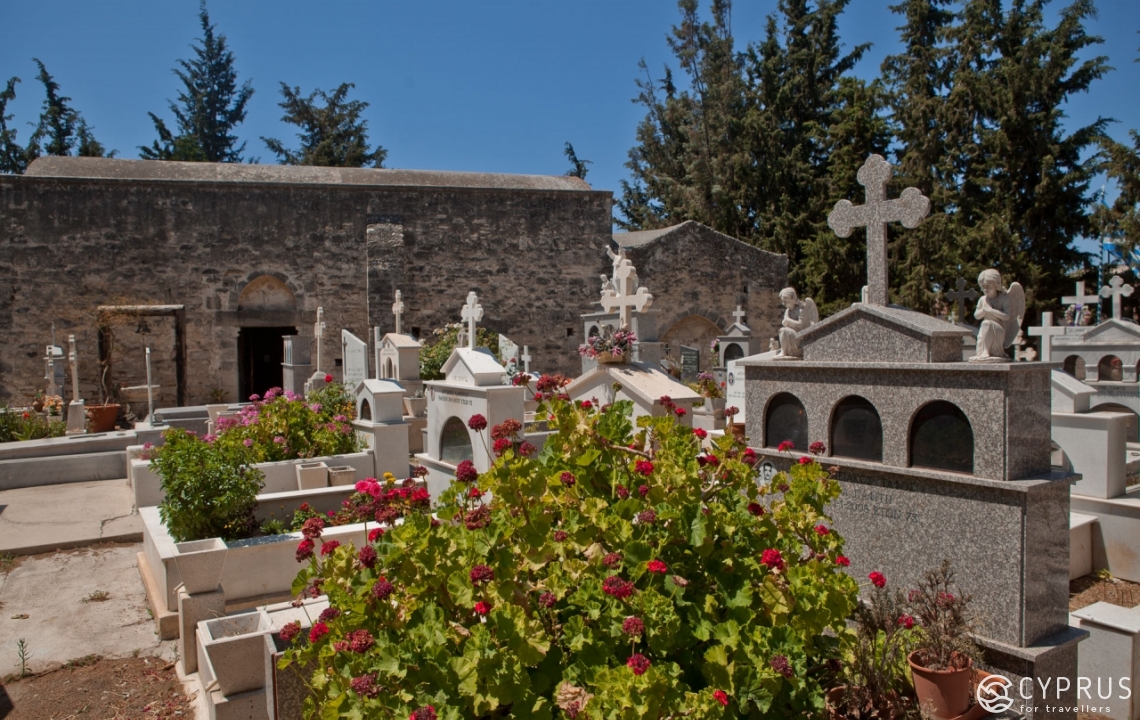
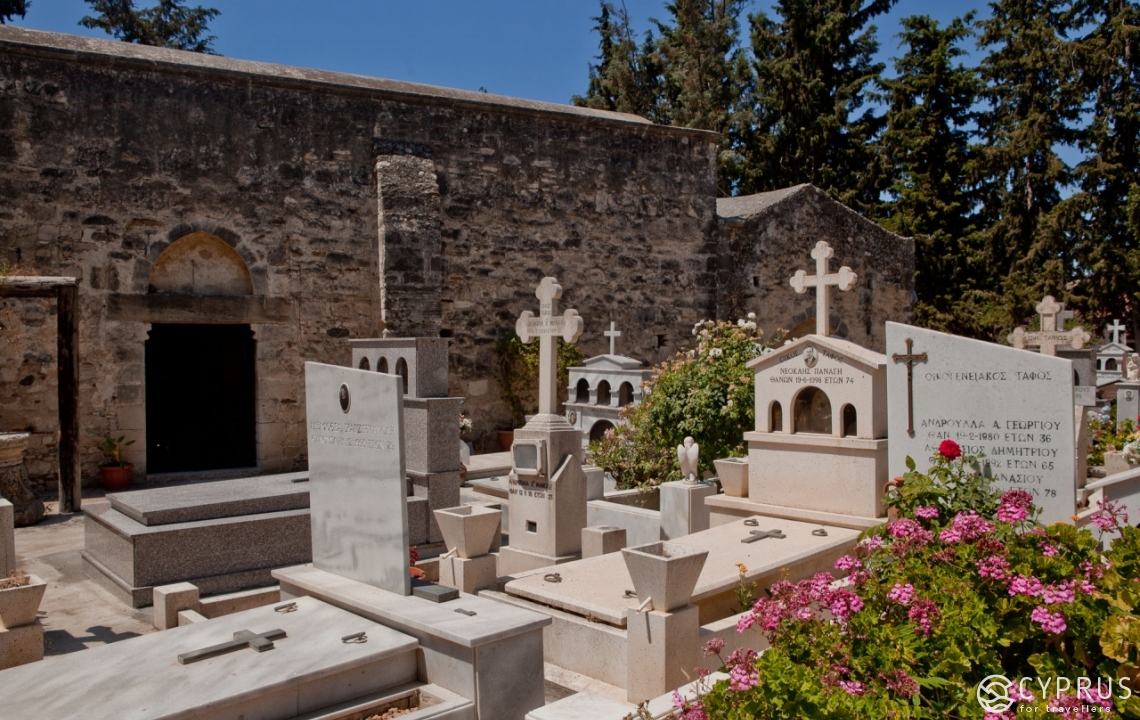
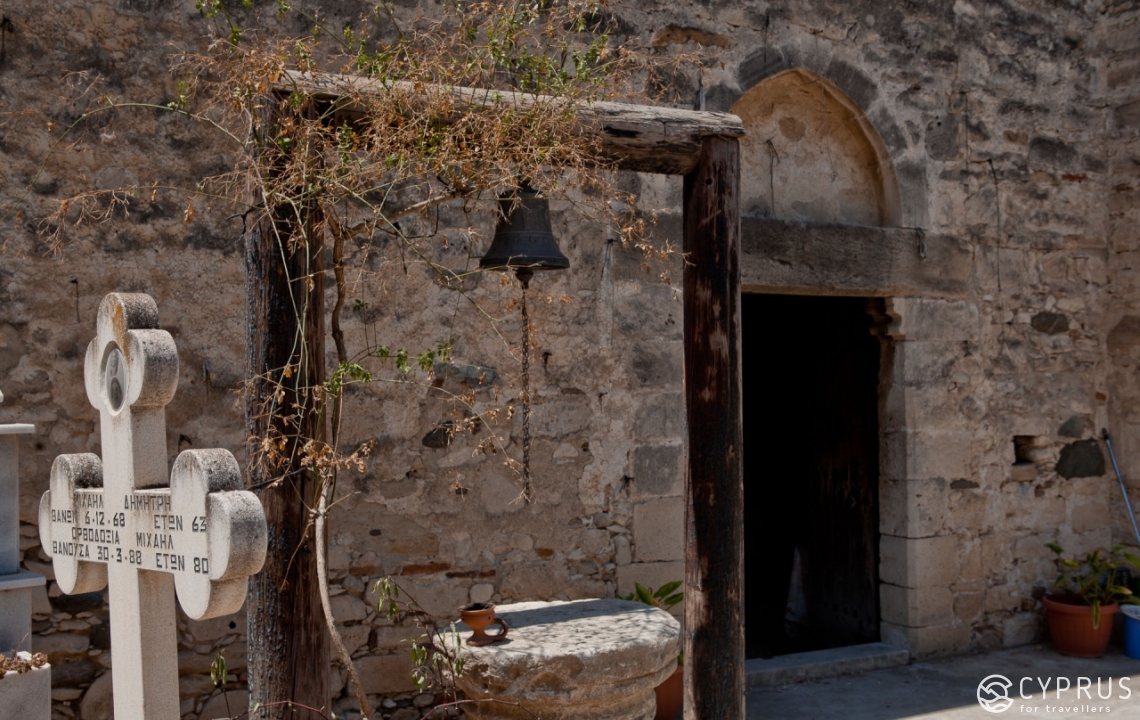
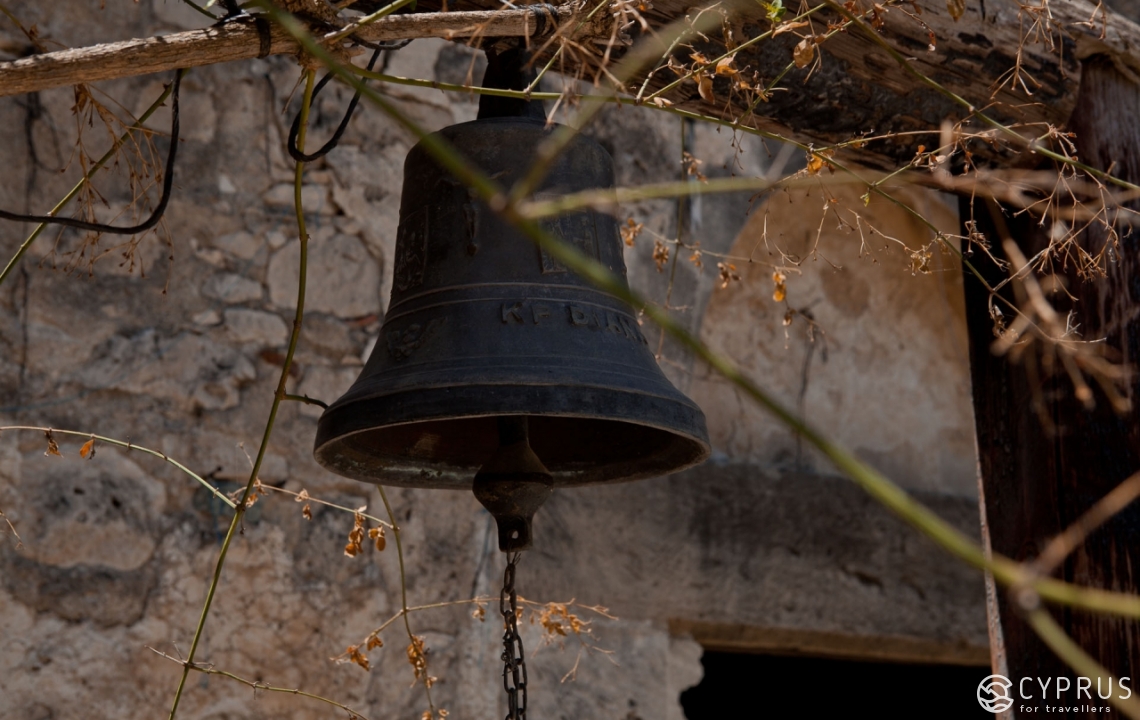
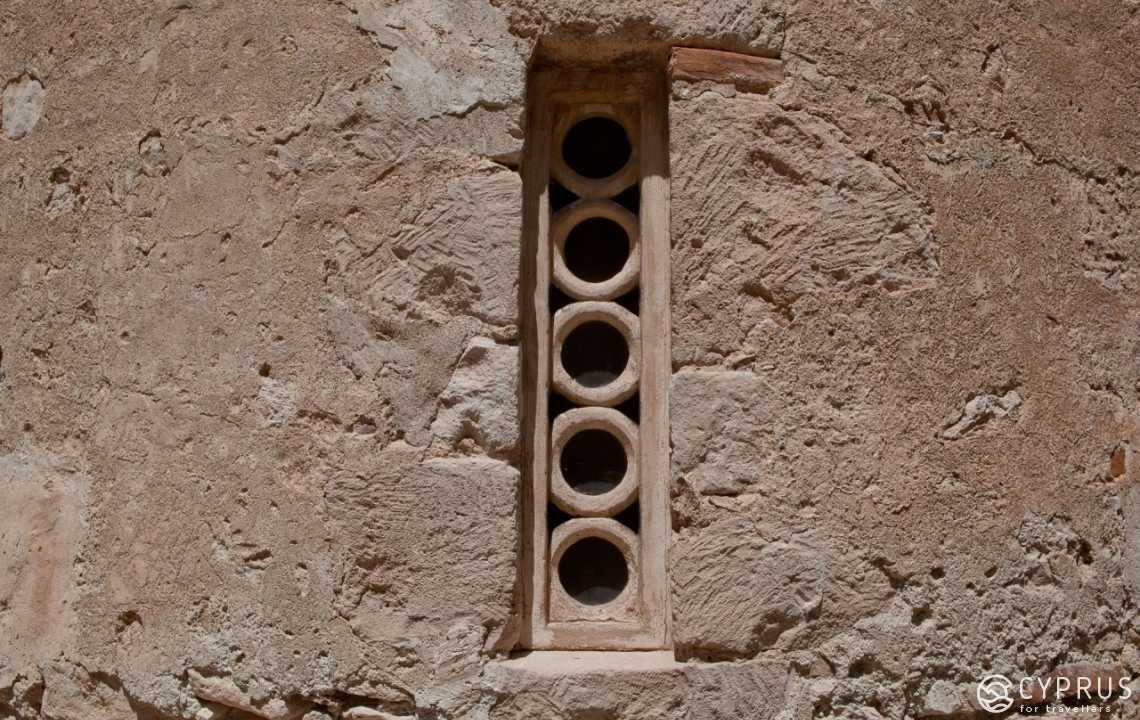
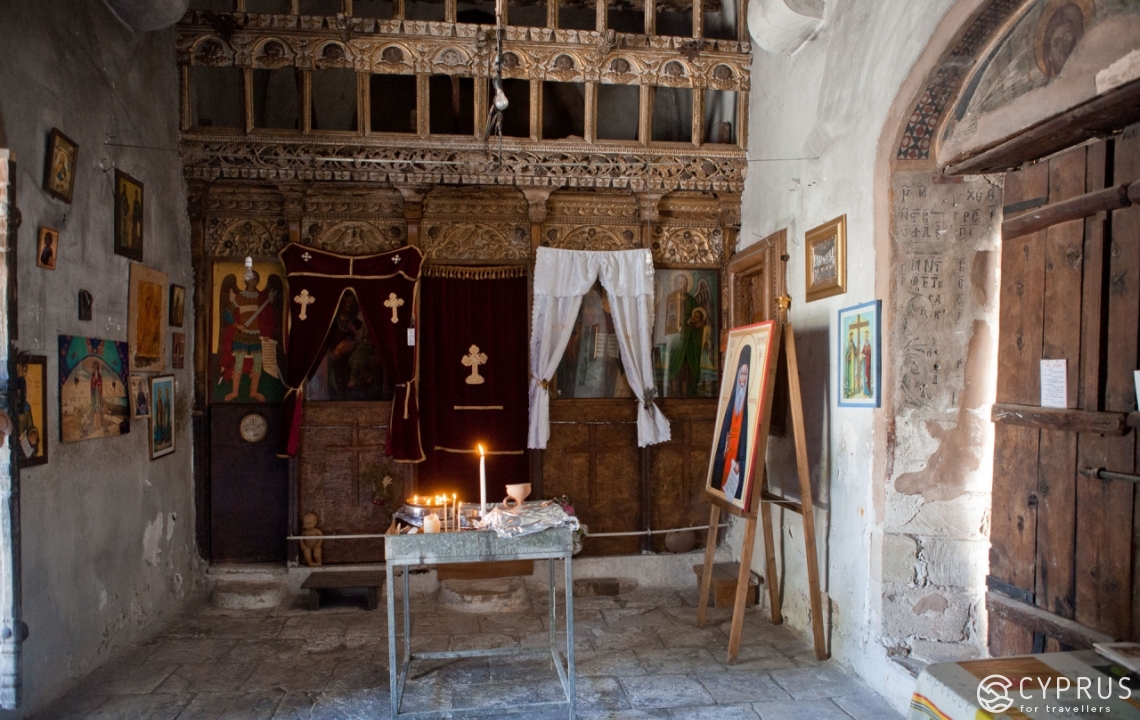
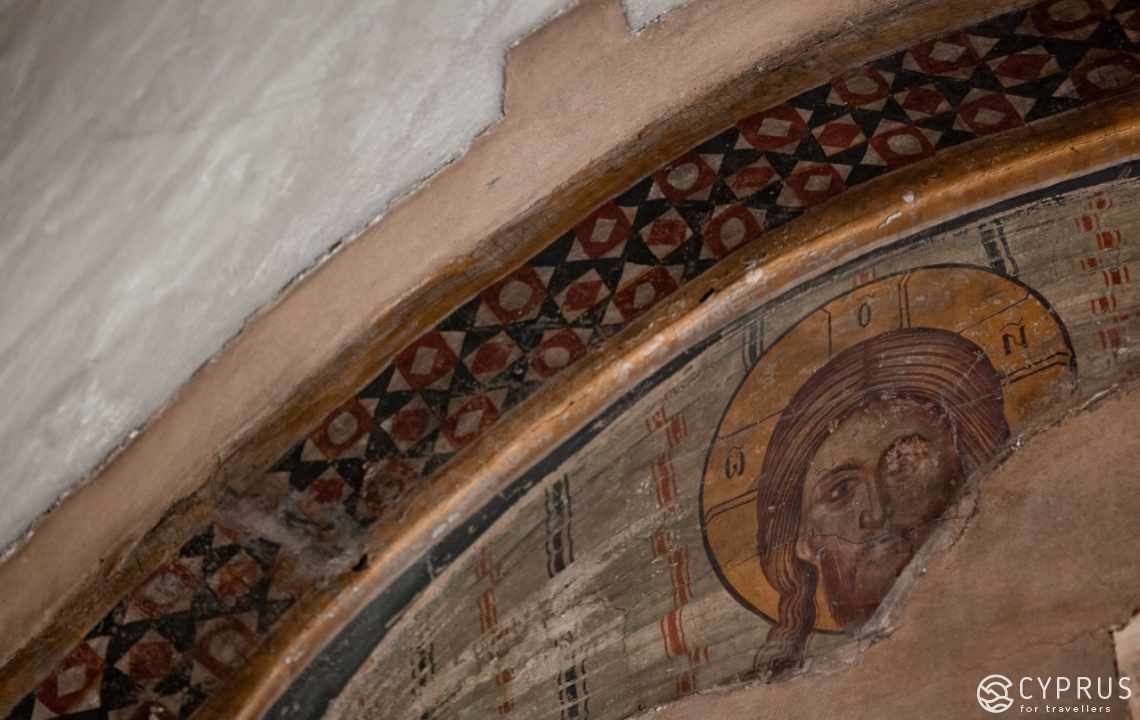
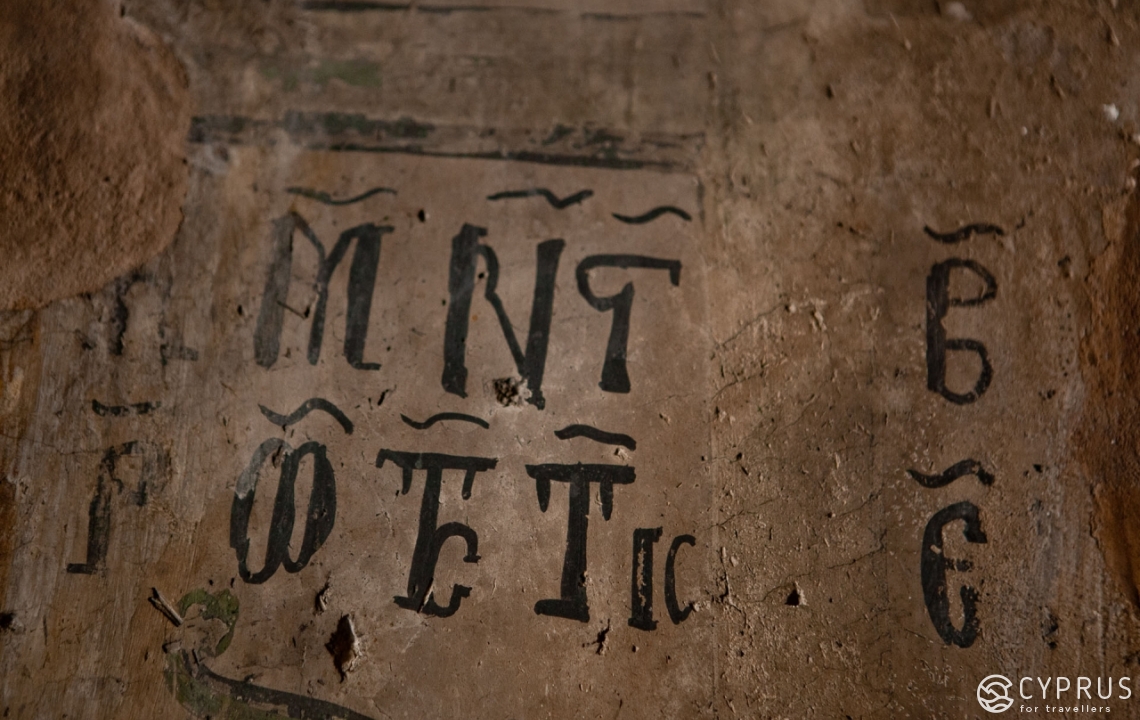
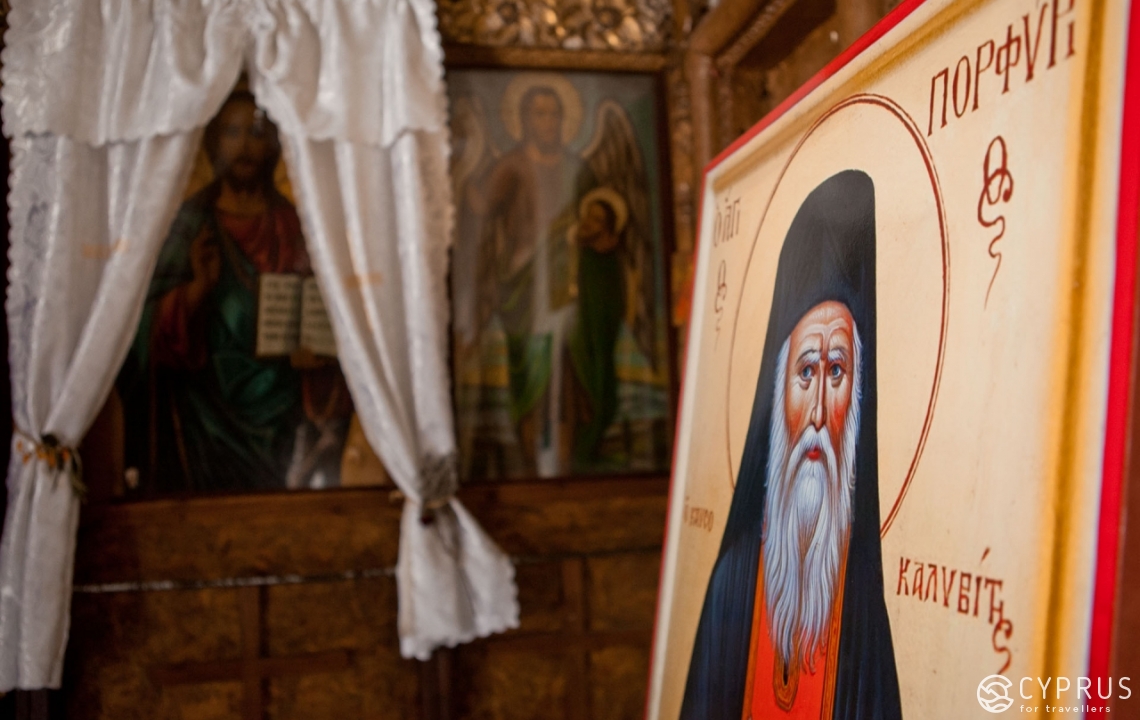
After visiting all the sights, it’s time to have a lunch in Pyrgos: Kafestiatorio Sоtiris Tasoula Tavern.
Village website: www.pyrgos.org.
Pentakomo: 5 in 1
This village is situated 20 km away from Limassol and only 5 km from Pyrgos (the height above the sea level is 120 m).
Historians are uncertain about the exact date of the settlement formation.
Its name is more likely was given to it to commemorate the memory of five ancient settlements, which existed there back then.
These five villages (“pente komi” in Greek) were: Mesovounia, Halamata, Petromouti, Kremmos and Kalifoudi, which citizens moved to the more safe region close to the mountain slopes because of Arab raids.
Pentakomo village of Limassol has been a part of royal property during Frankish rule until the time it was captured by the Turks in 1570, who have been lived in peace with their neighbours for a long time.
It was true that the representatives of both communities of the island lived in the village until 1974. After Turkish invasion the Turk-Cypriots who lived there had to move to the parts of the island that are still occupied by Turks.
It is known that former villagers left their possessions while getting out of the village of their ancestors in a hurry. Now there are only ruins covered with dense thicket there, on the place of once living quarters because people have been gone awhile.
That is the reason why several travelers have an impression the village is partly abandoned. Deep depressing is also the view of the former mosque building…
In contrast to that the houses of Greek-Cypriot families look flourishing.
Pentakomo, having at their disposal whole 15 km of coastline, has for a long time been a famous tourist attraction due to the Governor’s Beach (Akti tou Kiverniti in Greek) and small sand bays that are loved both by locals and foreigners during the summer season.
Finally a part of broad Pentakomo region was included to the European Natura 2000 [2] network.
This lovely but non-touristic village is living its own established daily life. And all these despite its closeness to the famous white rocks of Governor’s Beach and the presence of a whole modern block of guesthouses — George House with amazing views of the surrounding area.
Pentakomo as well as Asgata and many other villages around it (Monagroulli, Kalavasos, Moni and Mari) strives to preserve its traditional appearance and way of life: their streets, quite wide at some point suddenly narrow here and there, their typical village style houses. Many of them are built out of local stone. During daytime you can meet farmers driving their old tracks on the streets and sitting in blossoming gardens or patios peasant women with children and cats.
Around 700 people are living in Pentakomo nowadays.
In the middle of the village you will see a monument dedicated to Georgos Michael Drakos, a 18 years old commandos (green beret) who died on 26th of July 1974 while taking part in the battle against Turkish invasion.
Despite their well-maintained look, these places are clearly did not “suffer” from floods of tourists, so there are almost no road signs and it’s better to find out where to go and what to see in advance.
-
To quote a British antiquity’s scientist G. Jeffery, who wrote in one of his articles published in 1918, the meaning of the name Pentakomo could be explained by the fact that it was fifth village (pente = five, komi = village) counting from Limassol.
Another version based on oral tradition (you still might hear it told by old timers) tells that Pentakomo owes its name to its forming from five old settlements that existed there earlier and were destroyed and looted during Arab raids in VII and X centuries. The former villagers moved to the site of today’s Pentakomo and found a new common village in order to have better security.
This theory sounds logical but it has no documentary evidence yet.
Pentakomo, as it is written in historical sources, exists since Middle Ages under the same name and is mentioned in old maps as well.
As noted by French historian Louise de Mas Latrie (1815-1897), the village was a king’s property at the time of Frankish rule. Since the beginning of island’s occupation by Osman, Turkish and Greek villagers lived together in peace until the events of 1974.
The coastline of Pentakomo from Agios Georgios Alamanos Monastery to the Governor’s Beach remains untouched whereas the shores themselves show the effects of erosion, which caused quite interesting peculiarities of that place as caves, arches, sea stacks and islands.
One of the examples of a natural geological formation known as Karavopetra was identified by historians as a memorial site directly related to the Arab raids on the island.
The tradition tells that it was the exact place where corsair ships were moored before their crew went pillaging the locals and loot their homes and lands once again.
On the narrow coastal strip to the west from Mari village sprawls a picturesque beach that recently became famous under the name of Governor’s Beach. Partly stony, partly sandy beach with a length of about 1 km turned to be a popular summer destination for bathing among locals and tourists especially after Turkish invasion in 1974.
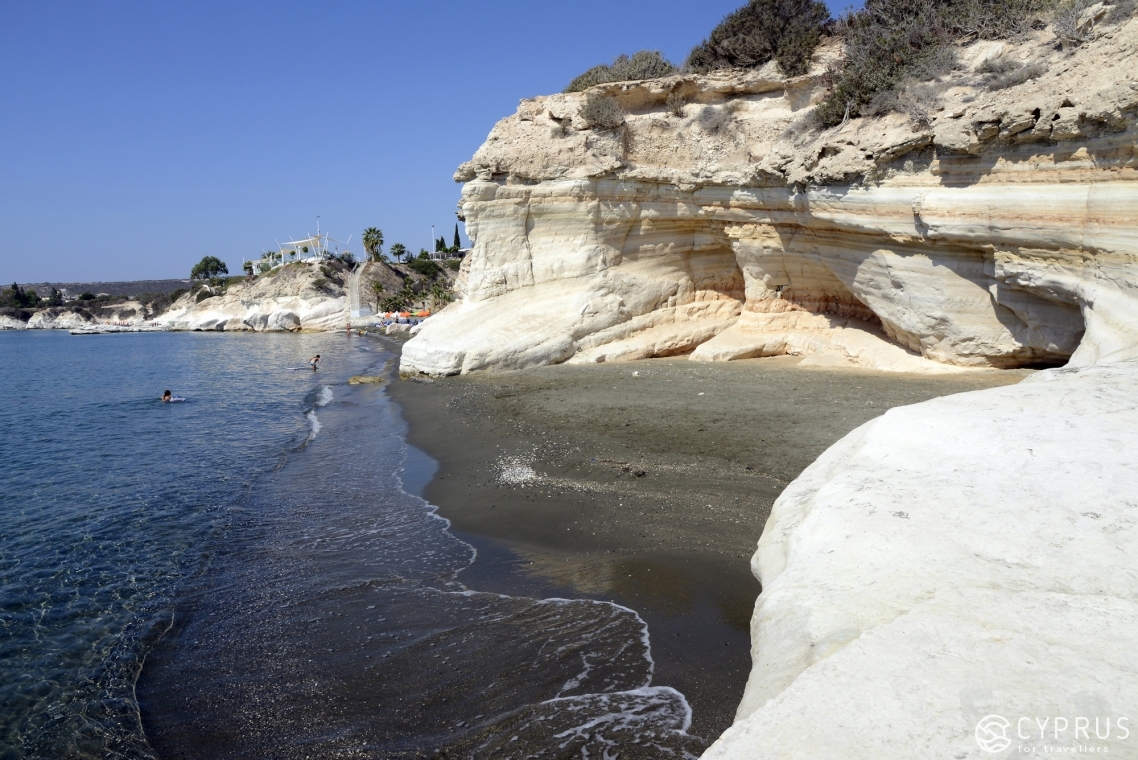
In line with decision of the Council of Ministers a special camping place was organized and put into service on the beach in 1989. Today this area has all the necessary amenities and infrastructure. It covers an area of around 13 ha of land; a sports ground, a best-equipped tourist beach etc. were opened for public in 1991.
Also there was a factory for recycling organic and bio-waste created at this time.
At a distance around 1 km to the west from Governor’s Beach in areas with coastal cliffs raised various geomorphological features formed by strong waves that attract many tourists.
Sandy Kalymnos Beach is considered to be one of the best local beaches; it is marked by a blue flag as one of the cleanest on the island.
Being a part of famous Governor’s Beach, Kalymnos is situated within Pentakomo village, around 10 km to the east from the main “hotel” part of Limassol called Germasogeia.
Whereas “Governor” is well known for its small white cliffs, which go far into the sea forming bays, gorgeous Kalymnos has a long narrow sandy coast. Both can boast of having clean sea water and you could be sure that you will find a perfect conditions for beach days as well as for walks along coastline enjoying the nature. Kalymnos Beach is also a safe place for spending time with small children.
At the disposal of the guests on the beach are: dressing rooms, sunscreens, sunbeds, WCs as well as playground and a café. There is even a camping site nearby. Nowadays it offers 358 camping places: 111 for caravans and 247 for tents.
Living conditions are pretty comfortable with several facilities: parking lot, WC, washstand, grocery store, playgrounds, showers and garbage disposal. Footpaths laid on the territory of the camping are paved and equipped with benches.
You can always find few traditional restaurants at the coast that serve dishes from fresh fish.
Fully equipped lifeguards are ready to provide any necessary emergency assistance from April till October, from 9:00 to 17:00 (18:00 during the summer season).
You can easy get to the camping by driving A1 route. The parking is also there.
There is a club for young people aka Multi-purpose room. Also for them and for any other people who prefer an active rest are fields for playing mini football and basketball.
A thematic public park is established in the village. Nowadays it has picnic and recreation areas; it is planned to build some hotel objects there later.
To have a meal break and to rest for a while you can stop buy Iris Tavern.
Address: Antifonitou, 4
Phone number: (+357) 99643010
It’s not the cheapest place but you will have plenty options to choose from: seafood, traditional menu of Greek and Mediterranean cuisine, barbeque, grill and vegetarian specialties.
You might stop at George House located only 300 m from the community centre and 5 km from the beach.
Address: 10 Neroforousas str.
For more details see the link.
Contact information of Pentakomo Community Council:
Address: 9 Pentakomou Avenue, Limassol
Phone number: (+357) 25 632803
Email: pentakomo@cytanet.com.cy
Website: www.pentakomo.org.
Monagroulli: Two-Faced and Legendary
This beauty situated 25 km to the east of Limassol at a height of 90 m above the sea level and is connected with road network with its neighbours: the village is not difficult to find — 3 km to the north-east from Moni and Pentakomo (see “Pentakomo”), 6 km to the south-east from Asgata and around 4,5 km to the east from Pyrgos. Its north part borders on Sanida and Vasa Kellakiou villages.
To the south from Monagroulli stretches effulgent Mediterranean Sea…and located an amazing 2 km long beach with sea caves and tiny bays.
Good news for dog owners: there is a dog-friendly beach here, where you can spend time with your family without any exceptions!
Another place could be interesting for all the mystery fans: an 80 m cave tunnel leading straight into the sea. The legend tells that it has a long history and existed since the days of the ancient kingdom Amathus. The queen managed to avoid capture by pirates (Sarasin) escaping through that tunnel.
The dog beach is a part of still growing and developing tourist and resort area.
This dog beach [3], is second popular one in Cyprus and is called Karavopetra Beach. It’s an excellent option for walks and fun games. Shallow water creates a natural swimming pool in the sea for your four pawed friends to frolic.
But, please, don’t forget to clean up after your pets!
-
The name of the village and its history are directly linked with Saint George of Alamanos Monastery (for more info click here and here) that was found in XII century. The settlement itself, including its lands known as one of the most fertile on the island, were the property of the monastery and served its needs. Despite the fact that originally it was a monastery, it works as a nunnery nowadays. The beach nearby is named after it.
That is how the village also became widely known as Monagroulli: first part of it — “Moni” (μοναστήρι) means “monastery” in Greek and “agrios” (άγριος) means “wild”, describes the lands in this context.
Monagroulli is remarkable and very beautiful village, which has, like many coastal settlements in Cyprus, two contrasting but equally wonderful “faces”. One: old traditional village with narrow tiny streets, old church and classical houses that witnessed ancient times.
The other face — it’s a contemporary country life: big villas and modern infrastructure.
The number of residents in Monagroulli today is around 700. According to the census the population of the village grows steadily in recent decades.
Monagroulli has two traditional cafes, grocery mini-market, bank office, playground and two sports grounds (a football and a basketball one). There are regional elementary school and a kindergarten in the village as well as a big ceremonial hall for weddings and other events and public gatherings.
The majority of the villagers are working in Limassol, the rest — in the agricultural sector, on the fields of their homeland.
Olive, carob and fruit trees are widely grown in Monagroulli and its surroundings even today…on top of that, it’s well known for its black artichoke and so called “cacti fruits” (cactus fruit is also called prickly pear), the locals gave it a funny name “papoutsosyka” or even “fragkosyka”.
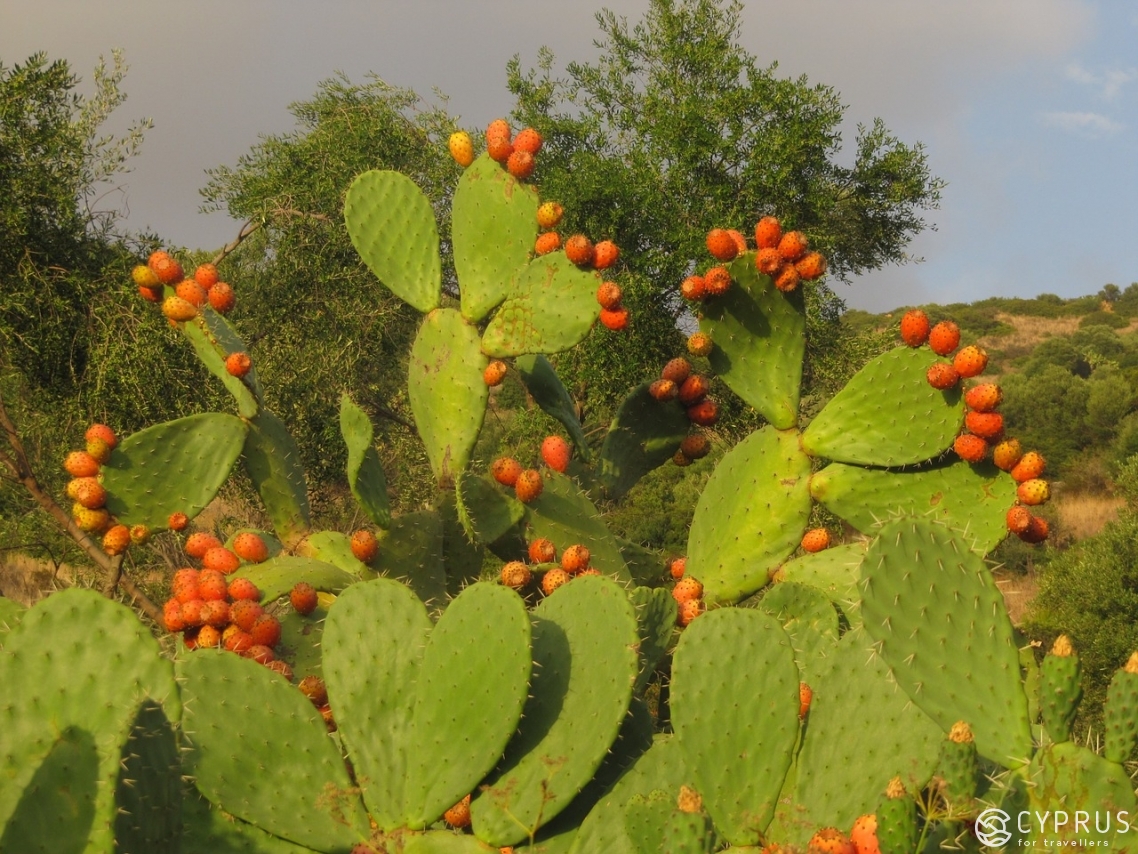
By the way, do you know how to eat this fruit in a right way?
Well, if you immediately turned your head to the cactus you have at home and try to find something fruit-like growing on it, you probably fail (just joking). Edible fruits are growing on opuntia cactus (it’s a large species with rounded pulpy “leaves” reaching a significant height and having a kind of twigs). The fruits are usually ripe in the period from the beginning of July to the middle of September.
Plenty of these cacti are growing in Cyprus today; sometimes you can see a real opuntia jungle. Both the plant and its fruit are covered with spines, which are almost invisible on the surface of fruits but will stuck in your fingers and palms very quickly if you let the bright and juicy prickly pears lure you and decide to take a risk by grabbing them with your bare hands.
(My colleagues did the same once while we were in Layia village for a friendly visit. They were forced to forget about the treat right after that helping each other to get rid of thin invisible needles stuck in their fingers — a note by no means gloating author).
In any unclear situation with cacti remember that the gloves are everything!
Everyone describes its taste differently: someone says it tastes like kiwi, other are convinced, and it’s very often, that it’s a mix of fragrant strawberry and pear… The fruits are good at quenching the thirst, reducing fever and cholesterol level, boosting immunity and mitigating the risk of Alzheimer and cancer, promoting weight loss etc.
Having heart-to-heart chats with the villagers for last years I noticed that the ability to eat a big amount of this fruit at one sitting is a point of pride and significant personal achievement for some of my vis-à-vis (as I remember, a record amount was a “bucket” of papoutsosyka). However I don’t recommend you to overeat if your stomach is not used to it and you don’t want digestion issues.
Basically, when you buy opuntia fruits at the store you are already spared from dealing with spikes (they were removed before), but you will still need to peel the fruits by making lengthwise cut or by cutting the fruit in halves and eat the flesh with dessert spoon [4].
There are various dishes of local cuisine in Cyprus, which sometimes include opuntia fruits in the recipe. Most common are desserts, sauces and summer salads.
Join the Papoutsosyko Festivals that are held in many villages to experience this part of traditional specialties. For example, there is one that usually organized in Agia Anna village in Larnaka district.
Main Sights
Agios Theodoros
Right in the heart of the village there is a main church in honour to Agios Theodoros of Tyronas, which was built in 1900. The feast day is on the 17th of February [5].
As we already noticed and also have heard from other visitors of Monagroulli: the church is usually closed as well as the main entrance in the yard. Another “feature” of Agios Theodoros Church: it has surprisingly small bell tower, which differs very much from those you can see by other orthodox churches in Cyprus today.
On the other hand, the centre of this beautifully laying on the hills village may offer you a spacious parking with a gazebo under big clock. Weary traveller can find a water spring and a shady square under an old branchy carob tree.
Within the village and near it are 3 chapels: Agioi Anargyroi, Agia Paraskevi and Agia Marina.
Let’s take for example Agioi Anargyroi.
You will find it if you take an old road from Governor’s Beach to Limassol. Turn right to Pentakomo after driving around 500 m on it. You should turn right again after another 500 m and you will see the chapel (Saint Cosmas and Damianos or Agioi Anargyroi) to the left shortly after passing by the road sign.
This place is worth to try to get to because the building standing close to the regional elementary school is located on a place with a wonderful view. View small houses and a tiny garden could be found in its yard. Further sight is a stone block with a through hole in it — it’s often called a “miraculous stone” of Saint Brothers.
Agia Paraskevi is a kind of “secret” place well known among certain people: Agia Paraskevi Chapel is a tiny house adjoining the vertical cliff with its back.
It is situated near Plati bridge; you can see it while crossing the bridge on your way to the village. Actually the chapel could be easily missed because it’s hiding in the corner, behind playground and basketball court.
The Bridge of Plati
It could be found at the entrance to Monagroulli, behind the Community Council building. The bridge itself and the area around it are paved with natural stones.
Its reconstruction was finished on 28th of June 2009 and since that time the bridge contributes to the present and attractive image of the village being a part of public recreation area along with children’s park, basketball court and Agia Paraskevi Chapel.
-
We would gladly recommend to all the weary travellers, who visit Monagroulli at the hours when the sun hangs low to stop by Agios Georgios Alamanos Tavern: traditional Cyprus cuisine, a good wine and calming whisper of the waves washing the white rocks at the sunset — what could be more perfect?
Well, our short trip is over for today. But we will tell you about new no less exciting places pretty soon.
How to get to:
From Limassol: in the same order as we drove. It’s convenient and not far: the whole transfer will take not more than half an hour one-way. Also there is a bus that stops in these villages daily.
From Nicosia (68-70 km away) — take A1 route and follow the road signs. Travel time: 1 hour.
From Larnaka (60 km) — drive on A5 route; travel time 40-45 minutes.
See you soon!
[1] Not to be confused with Kato Pyrgos near Akamas (see One day walk: two days in Akamas).
[2] Natura 2000 is a wide European network of protected breeding sites and wintering areas for species in danger of extinction. Besides it also includes several rare natural habitats. The project covers 27 EU countries both on land and at sea. The main goal of the network is to ensure the long-term surviving of species and habitats that are threatened with extinction in Europe.
[3] Three other dog-friendly beaches existing today in Cyprus are located in Pissouri and Protaras (near Kapparis village).
[4] To the question of “seeds” in opuntia fruits: you can eat them or leave them according to your personal preference.
[5] Orthodox Church traditionally considers the first Saturday of Lent to be the Saint of the Day (the cannon by John of Damascus).

